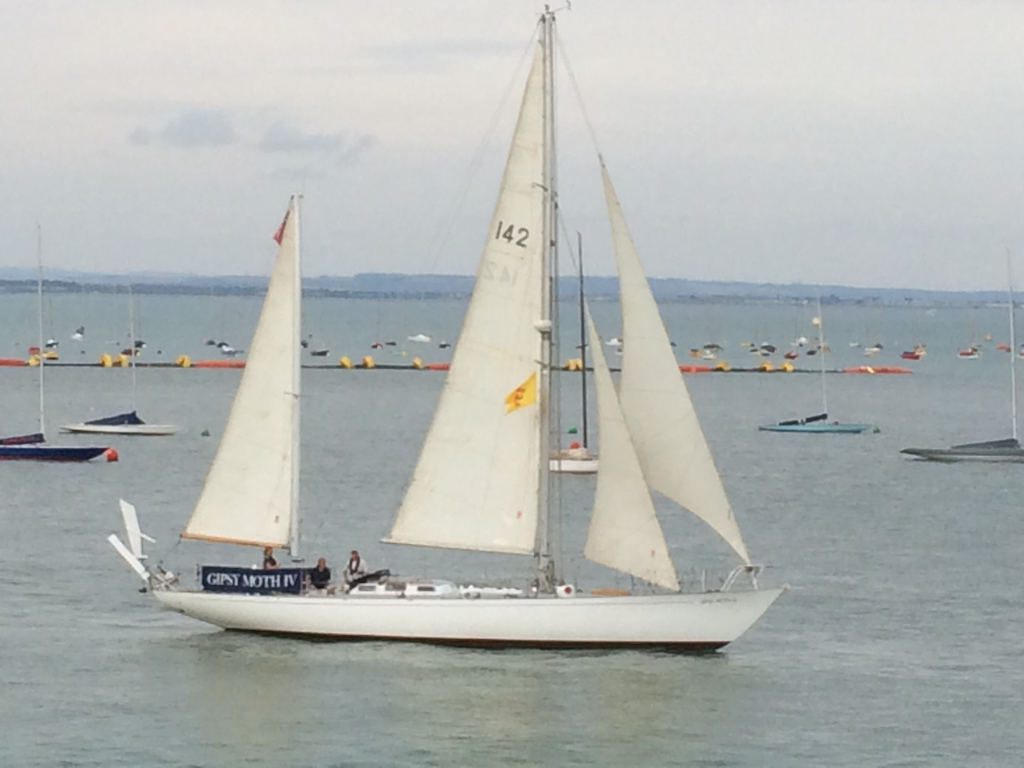Sir Francis Chichester's Gypsy Moth IV

He navigated alone through the Southern Ocean, Cape Horn, and across vast, often treacherous waters. His successful circumnavigation made Gypsy Moth IV a national treasure and Chichester a knight, knighted by Queen Elizabeth II using the very sword of Sir Francis Drake. The yacht instantly became a symbol of resilience, daring, and British seafaring excellence.
Following years of neglect, Gypsy Moth IV was eventually restored in the early 2000s thanks to a major conservation effort. She now serves both as a historic vessel and as a tool for education and youth sailing programmes. Her legacy continues to inspire generations of sailors and adventurers. Gypsy Moth IV is not only a feat of nautical design and endurance, but also a testament to the human spirit’s capacity for challenge, solitude, and discovery. For sailing enthusiasts and maritime historians alike, she represents a pivotal moment in modern ocean racing and solo navigation. Her journey marked a turning point in what individuals could achieve alone at sea, and her sleek silhouette remains a lasting tribute to one of the greatest sailing voyages of the 20th century. This photo of Gypsy Moth IV was taken while she was near Cowes, on the Isle of Wight, UK.










